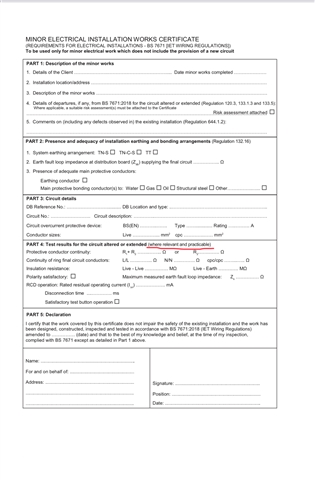Hi, I work as a Qualifying Supervisor for a company that covers four counties with electricians. Currently in one county there is a requirement that if some one will need to work in a live 3 phase board, two operatives will be present. The thinking being there is some one to watch your back and assist in case of a problem. The other county's have now come and said they don't do this.
So my question is, if the electrician is carrying out dead tests on the worked on circuit that is housed in a DB that can't be isolated, should two people be present.
Looking at the various documents we have like The Electricity at work Regulations, Electricity at work document from HSE (HSG85) I understand a risk assessment is required and a safe system of work document.
I was just wanting to get an idea of what other company's do, and any guidance relating to such documents.
Thank you for your help and advice in advance.
